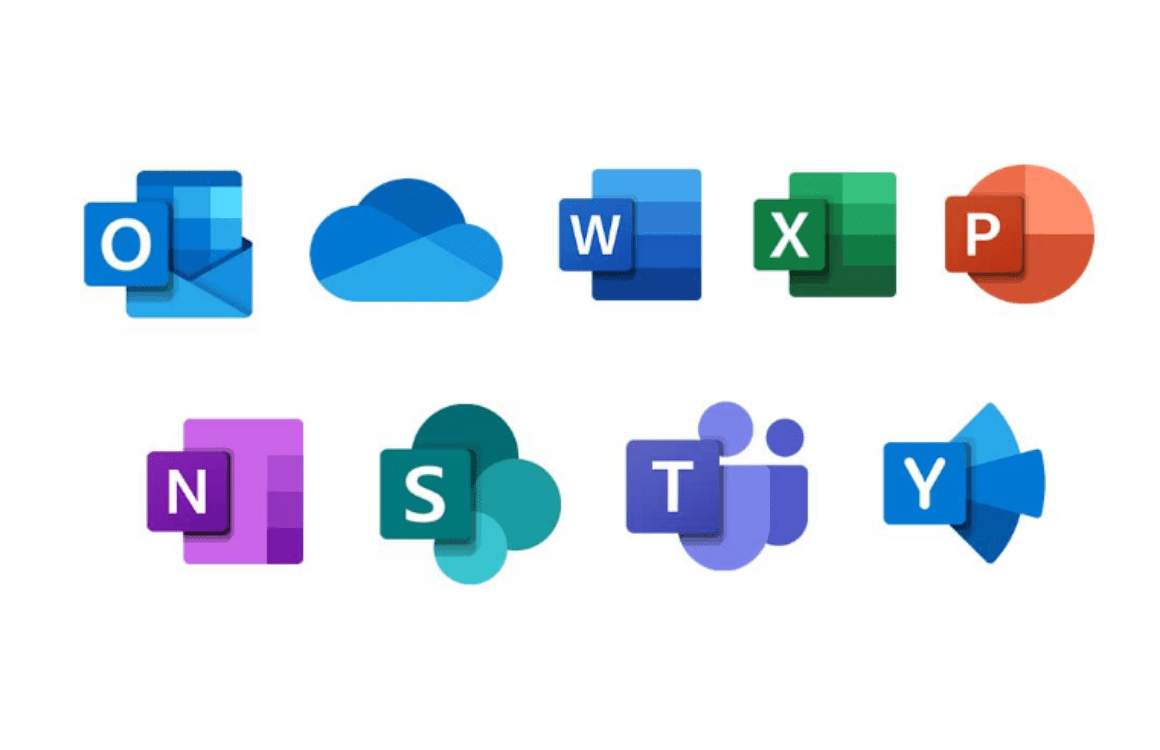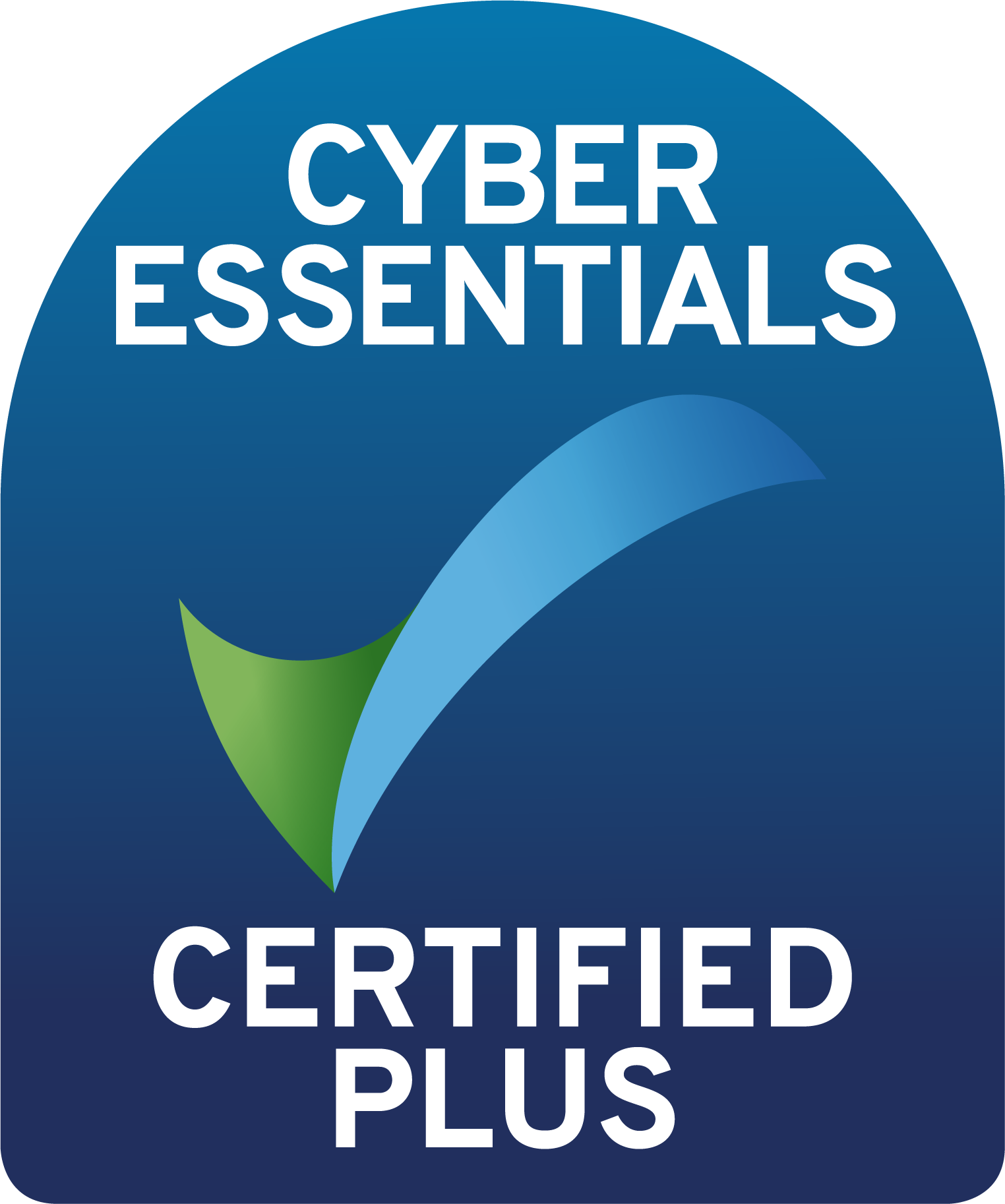What is Microsoft Syntex? – The Innovations and Features That You Should Know About
Microsoft Syntex – a comprehensive content management and compliance service that brings together the latest in intelligent document processing, content artificial intelligence (AI), and advanced machine learning. It can automatically find, organise, and classify documents in various Microsoft platforms and comes together seamlessly with SharePoint libraries, Microsoft Teams, OneDrive for Business, and Exchange.
Addressing the challenges of managing digital content by introducing new innovations to Syntex, Microsoft aim to enhance content management and speed up custom development. They are looking to combat the increase in time-consuming tasks and increased costs bought about by the exponential growth of digital content in organisations with their latest innovations.
By extracting, analysing, and categorising data within documents, Syntex can streamline content-related processes and eliminate the need for manual sorting. It provides a deeper understanding of content, enabling organisations to gain valuable insights and make more informed decisions.
There are several key features that are of note when looking through what Syntex can do for your business, so it makes sense to dive in and see what they are here:
-
Content Assembly
Syntex can automatically generate standard business documents, such as contracts and agreements, using predefined templates. This will help to improve efficiency and accuracy.
-
Prebuilt Document Processing
It offers prebuilt models to accelerate the extraction of information from common business documents like contracts, invoices, and receipts.
-
Structured and Freeform Document Processing
Syntex supports structured and freeform models for identifying and extracting data from various document types, ranging from forms to letters and contracts.
-
Unstructured Document Processing
An unstructured model helps classify and extract information from a diverse array of document formats, making it suitable for documents like letters and contracts with varying formats.
-
Image Tagging
Syntex uses AI to automatically tag images in SharePoint libraries with descriptive keywords, enhancing search and management capabilities.
-
Taxonomy Tagging
It also employs AI to tag documents with terms or term sets configured in your taxonomy store, making it easier to search and manage documents.


-
Optical Character Recognition (OCR)
Syntex includes OCR capabilities to extract printed or handwritten text from images, making text searchable and indexable.
-
Annotations
You can add notes and collaborate on content in document libraries using annotations without modifying the original files.
-
Content Query
Syntex allows for metadata-based queries in SharePoint document libraries, enabling more precise searches based on specific column values.
-
Content Processing
It supports rule-driven actions in document libraries based on metadata, automating tasks like notifications and file management.
-
Content Compliance
Syntex aids compliance management by applying retention labels and sensitivity labels to documents, ensuring regulatory adherence.
On top of these features, organisations with Syntex licenses can access premium features, including SKOS-based term set import, enterprise content type distribution, and term store reports for enhanced taxonomy management.


Beyond this, there is also some more information about the capabilities of Syntex that are worth paying attention to on the innovation front.
Casting our minds back to Microsoft Build 2023, it was announced that there would be new Syntex plugins for Microsoft 365 Copilot, improving content-focused workflows. These plugins enable Copilot to perform document processing tasks, such as classification, content assembly, and eSignature, thus making it easier for users to work with files and documents efficiently.
Microsoft Syntex is introducing repository services for developers, allowing them to build content-rich apps that leverage Microsoft 365’s content management capabilities. This includes versioning, permissions, search, security, and compliance features, enabling developers to create unique app experiences.
“Project Archimedes" offers big data analytics for OneDrive and SharePoint content, providing insights into security and capacity at scale. It helps answer questions about content security and capacity while providing templates and data updates.
Finally, Syntex eSignature is introduced to facilitate electronic signatures within Microsoft 365. It allows users to send electronic signature requests, keeping content within Microsoft 365 for review and signing. Syntex eSignature supports PDF formats initially, with other formats like Word to follow.
These innovations, again, aim to streamline content management and enhance productivity within Microsoft’s ecosystem.


Overall, Microsoft Syntex represents a big step forward in content management and compliance solutions. Its integration with various Microsoft platforms signifies an all-encompassing approach to address the challenges to modern organisations as the digital content space expands.
Microsoft innovations are always a point of interest for us, at Vissensa, as we look to provide the best support and services to our customers – Syntex is another avenue that will allow us to do just that. If you are interested in this (or any of our other Microsoft support and services, that you can check out here), don’t hesitate to get in touch.
FAQs
What is Microsoft Syntex?
Microsoft Syntex is a comprehensive content management and compliance service that brings together the latest in intelligent document processing, content artificial intelligence (AI), and advanced machine learning.











